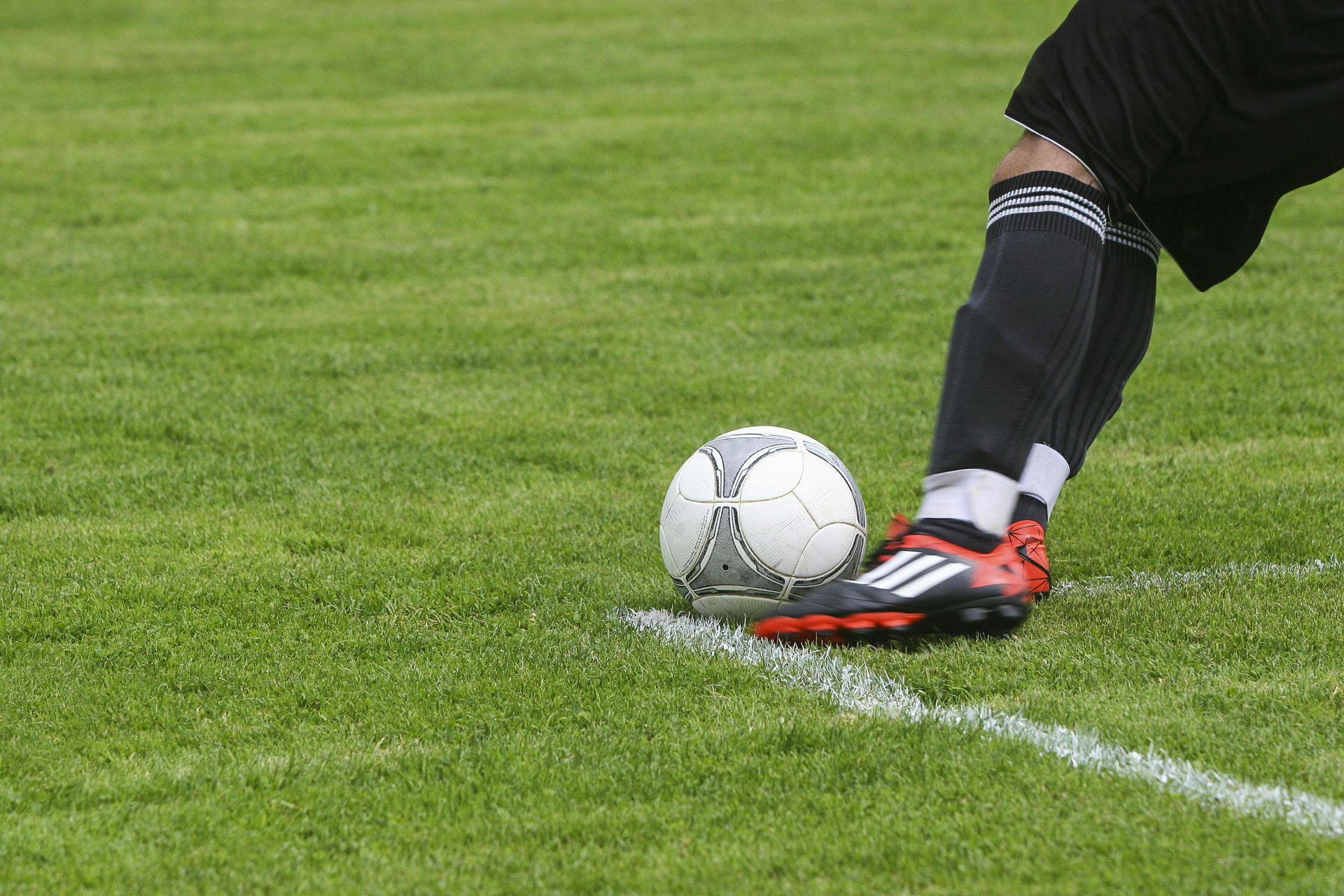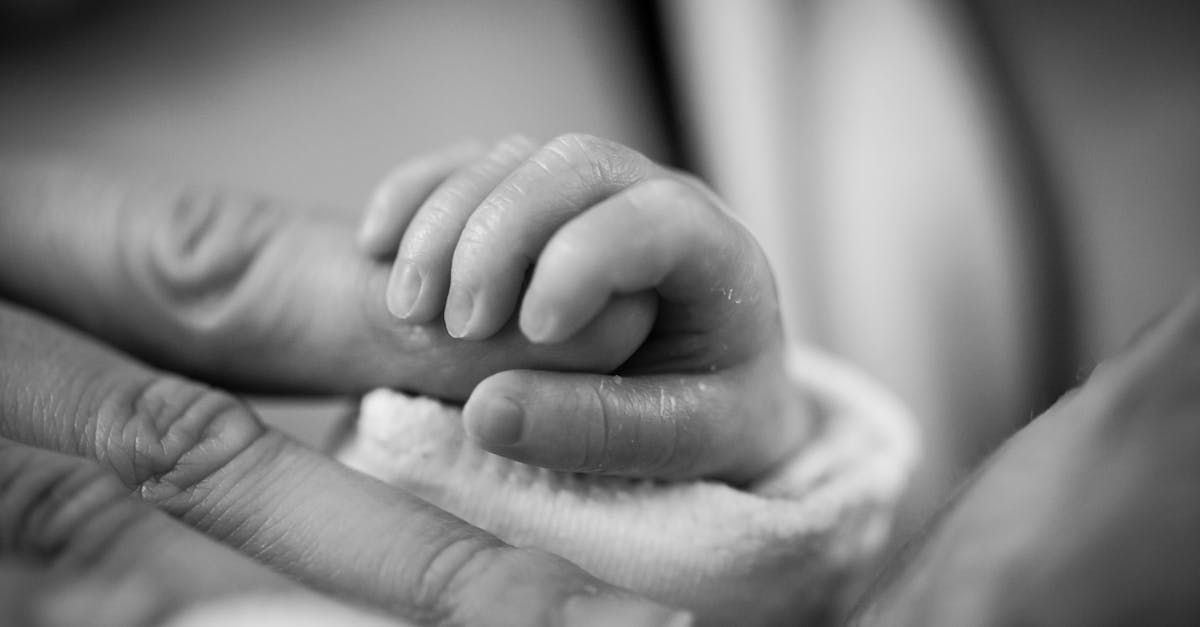Delayed Drowning
School is rapidly approaching, which means the summer is winding down. But there’s no better way to spend these last few weeks of this hot, summer weather than at the pool or lake with your family and friends!
Awareness of the risk for drowning and teaching your child to swim are keys to enjoying your time in the water. But, even after your children are done swimming for the day, it is imperative to monitor for delayed signs and symptoms of delayed drowning. Although rare, these both must be treated as medical emergencies.
What is delayed drowning?
- Secondary Drowning: Symptoms of this type of drowning are delayed for up to 24 hours. Secondary drowning is caused by a small amount of water entering the lungs leading to extreme irritation of the lung lining.
- Dry Drowning: Symptoms of this type of drowning occur immediately and are severe. In this case, the water inhaled does not actually make it all the way into the lungs, but instead causes spasm of the child’s airway, making it very difficult for him/her to breathe.
Dry and Secondary drowning typically occur after a memorable event that day, such as coughing up water, prolonged submersion or the need for rescue. Each warrants a close watch of your child for further symptoms.
After a visit to the pool or lake, monitor your children for the following signs: vomiting, excessive coughing, sleepiness, mental status changes, irritability or changes in mood. Any of these could be a sign of delayed drowning. These symptoms necessitate a visit to the emergency room even if they occur the day after water time.
Please enjoy the rest of your water time this summer with your family and friends, and, don’t forget…always wear your sunscreen!
Please feel free to visit the below websites for more information:
Scott Miller
M.D. Candidate, Class of 2018
University of Missouri School of Medicine










